VidThreeNorth
No longer a newbie, moving up!
- Joined
- Oct 21, 2016
- Messages
- 1,170
- Reaction score
- 211
- Can others edit my Photos
- Photos NOT OK to edit
Back in 2017 I was thinking about using C-Mount lenses for video recording on my APS-C Sony a5000. In itself, that can be done effectively. For best results though, one starts with a lens with APS-C coverage. My C-Mount lenses were bought for 2/3" sensor size, for the Pentax Q S1.
On my lenses, the area outside the 2/3" coverage drops out to black fairly quickly, so the outer part of the image is not worth keeping. Also, since it is black in the outer areas, it will cause errors in any metering mode that includes that area.
Since my a5000 Full HD video has "digital zoom" capability, the question was how was this digital zoom being done, and would it make a good resulting video, and more specifically, what zoom setting would be best?
The 2017-03-05 test:
For the test, I used a cheap "Pentax 8.5mm CCD" version lens. I will not be posting frames from that test because I have at least 1 significantly better lens than that. I think it would be "unfair" to post images from a setup that I believe is significantly "inferior" to what the camera can do. But I did find something that should stand as "solid" information.
Result:
The Sony a5000 video in Full HD and using Digital Zoom is limited to "Center Weighted Averaging" metering. That would not be a problem if it was limited to the area that is shown in the frame. When the zoom was 1:1, the exposure was too high. That was expected because of the black zones on the far left and right of the frame.
After testing, I found that a 2.0x magnification seemed to give reasonably good detail, but the corners were still noticeably vignetted.
A 2.2x magnification would be a fair compromise, getting rid of the vignetting, but sharpness and detail seemed to be drop noticeably compared to 2.0x.
The largest still picture size format on the a5000 is 5456 x 3632 which is just "inside" the actual sensor array size. If you divide 5456 / 2.2 = 2480, which is still larger than 1980 wide which is Full HD, so the 2.2x should be within the sensor's native capability. At this magnification, the frames looked soft and poorly detailed -- more than I would attribute that to the particular lens. Using one of my better lenses could give better results. Part of this would also caused by the low bitrate (under 24 mbps) of the camera and the Y'CbCr 4:2:0 chroma sub-sampling.
But I think that the video recording is being made by capturing a 3840 x 2160 frame and then reducing it. So that when it is zoomed by 2.2x, the captured frame is being enlarged from a smaller pixel size than 1980, which is why the image quality falls off. At this point, this is still just a guess. I have not done further testing since.
The Metering Problem:
This test exposed a problem with the metering which is more significant. As noted, when using digital zoom, the metering is limited to "Center Weighted Averaging" which should be sufficient, provided that only the actual used image area is measured. Unfortunately this is not the case.
I found that I had to under-expose by EV = -2.0 to EV = -3.0 for most of my tests, and that compensation did not change with the digital zoom magnification even at 2.0x and 2.2x. What this suggests is that the whole sensor area is being used for metering including the area outside the current image. So the black zones beyond the coverage of the lens was always being metered.
Moreover, when recording video, any of my corrections beyond -2.0 (to -3.0) were overridden and -2.0 was substituted. So the correction was more limited when recording video.
Most of these problems would be best handled by providing a "Spot Metering" option for video when using digital zoom, but this camera has never had that.
On my lenses, the area outside the 2/3" coverage drops out to black fairly quickly, so the outer part of the image is not worth keeping. Also, since it is black in the outer areas, it will cause errors in any metering mode that includes that area.
Since my a5000 Full HD video has "digital zoom" capability, the question was how was this digital zoom being done, and would it make a good resulting video, and more specifically, what zoom setting would be best?
The 2017-03-05 test:
For the test, I used a cheap "Pentax 8.5mm CCD" version lens. I will not be posting frames from that test because I have at least 1 significantly better lens than that. I think it would be "unfair" to post images from a setup that I believe is significantly "inferior" to what the camera can do. But I did find something that should stand as "solid" information.
Result:
The Sony a5000 video in Full HD and using Digital Zoom is limited to "Center Weighted Averaging" metering. That would not be a problem if it was limited to the area that is shown in the frame. When the zoom was 1:1, the exposure was too high. That was expected because of the black zones on the far left and right of the frame.
After testing, I found that a 2.0x magnification seemed to give reasonably good detail, but the corners were still noticeably vignetted.
A 2.2x magnification would be a fair compromise, getting rid of the vignetting, but sharpness and detail seemed to be drop noticeably compared to 2.0x.
The largest still picture size format on the a5000 is 5456 x 3632 which is just "inside" the actual sensor array size. If you divide 5456 / 2.2 = 2480, which is still larger than 1980 wide which is Full HD, so the 2.2x should be within the sensor's native capability. At this magnification, the frames looked soft and poorly detailed -- more than I would attribute that to the particular lens. Using one of my better lenses could give better results. Part of this would also caused by the low bitrate (under 24 mbps) of the camera and the Y'CbCr 4:2:0 chroma sub-sampling.
But I think that the video recording is being made by capturing a 3840 x 2160 frame and then reducing it. So that when it is zoomed by 2.2x, the captured frame is being enlarged from a smaller pixel size than 1980, which is why the image quality falls off. At this point, this is still just a guess. I have not done further testing since.
The Metering Problem:
This test exposed a problem with the metering which is more significant. As noted, when using digital zoom, the metering is limited to "Center Weighted Averaging" which should be sufficient, provided that only the actual used image area is measured. Unfortunately this is not the case.
I found that I had to under-expose by EV = -2.0 to EV = -3.0 for most of my tests, and that compensation did not change with the digital zoom magnification even at 2.0x and 2.2x. What this suggests is that the whole sensor area is being used for metering including the area outside the current image. So the black zones beyond the coverage of the lens was always being metered.
Moreover, when recording video, any of my corrections beyond -2.0 (to -3.0) were overridden and -2.0 was substituted. So the correction was more limited when recording video.
Most of these problems would be best handled by providing a "Spot Metering" option for video when using digital zoom, but this camera has never had that.


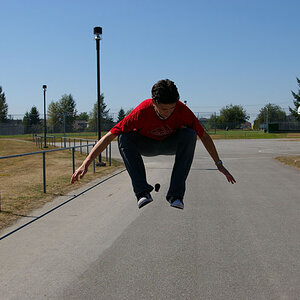
![[No title]](/data/xfmg/thumbnail/37/37604-7ad625e983f92f880eb65a264eeef5e4.jpg?1619738148)


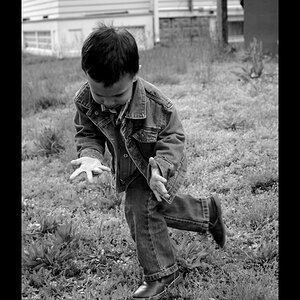
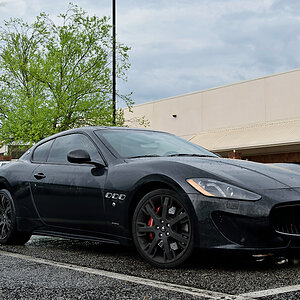
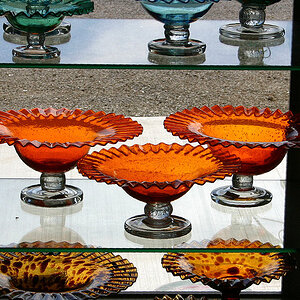
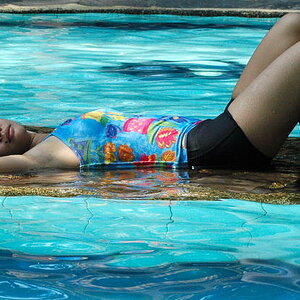
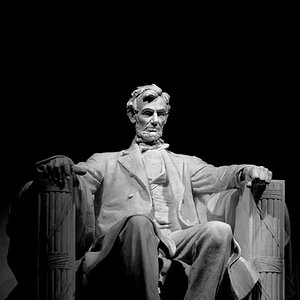

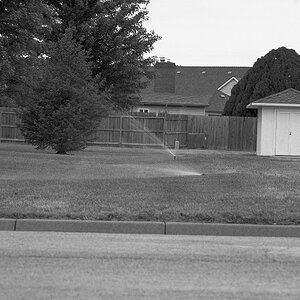
![[No title]](/data/xfmg/thumbnail/37/37606-3c9ffb5906173fa2aa489341967e1468.jpg?1619738148)